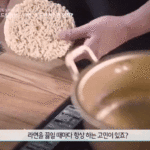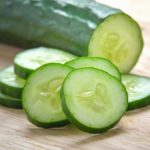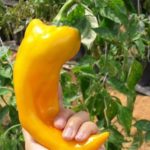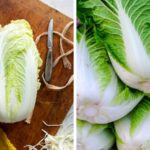Origin
High-quality bird’s nest usually comes from the Southeast Asian region, especially from countries like Malaysia, Indonesia, Thailand, and Vietnam. The production quality of bird’s nest from these areas is closely influenced by favorable climate, clean water sources, and abundant food sources. When purchasing bird’s nest, consumers should pay attention to information about the origin of the product and choose bird’s nest that comes from these regions.
Appearance
High-quality bird’s nest is usually ivory white or milky white in color, with a smooth and light yellow surface. Buyers should prefer bird’s nest with a solid structure, minimal impurities, and no signs of cracks or unidentified liquids. If the bird’s nest appears overly white or moist, it may have been bleached; consumers need to be cautious when selecting bird’s nest.
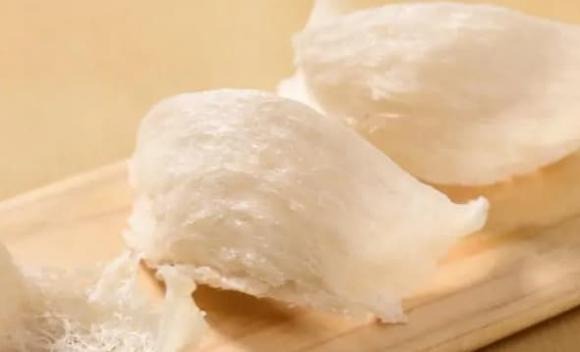
Taste
High-quality bird’s nest usually brings a delicate flavor and a gentle fragrance. After cooking, the bird’s nest should become transparent and easily dissolve in the mouth. If the combination has a rough taste or a fishy smell, it may be a sign of poor quality or improper processing.
Expansion ratio
High-quality bird’s nest usually has an expansion ratio of 6-10 times. Specifically, 6 grams of dried bird’s nest can expand to about 36 – 60 grams of wet bird’s nest. If the expansion ratio is too high or too low, it may be a sign of quality issues. When purchasing, consumers can inquire about the expansion ratio to better understand the product quality.

Nutritional composition
The main nutritional components of bird’s nest include protein, carbohydrates, amino acids, minerals, and trace elements. High-quality bird’s nest usually has a high protein content, low carbohydrates, and is rich in minerals and trace elements. Consumers should pay attention to the nutritional information of the product, choose bird’s nest with balanced nutrition that is suitable for their personal needs.
In summary, to choose high-quality bird’s nest, consumers need to pay attention to the origin, appearance, taste, expansion ratio, and nutritional composition. Purchase from reputable brands, thoroughly check the appearance and taste, refer to information about the expansion ratio and nutritional composition to ensure the selection of high-quality bird’s nest, while meeting both nutritional needs and enjoying the exquisite flavor.
High Demand for ‘Super Giant’ Chili Pepper Despite Expensive Cost
The talk of the town is a new breed of “giant super chili” pepper that has been making an appearance. It’s powerful heat and hefty price tag is creating an excitement as people line up in anticipation of tasting this fiery vegetable. Want to know more about this mysterious discovery? Read on to find out more!

























